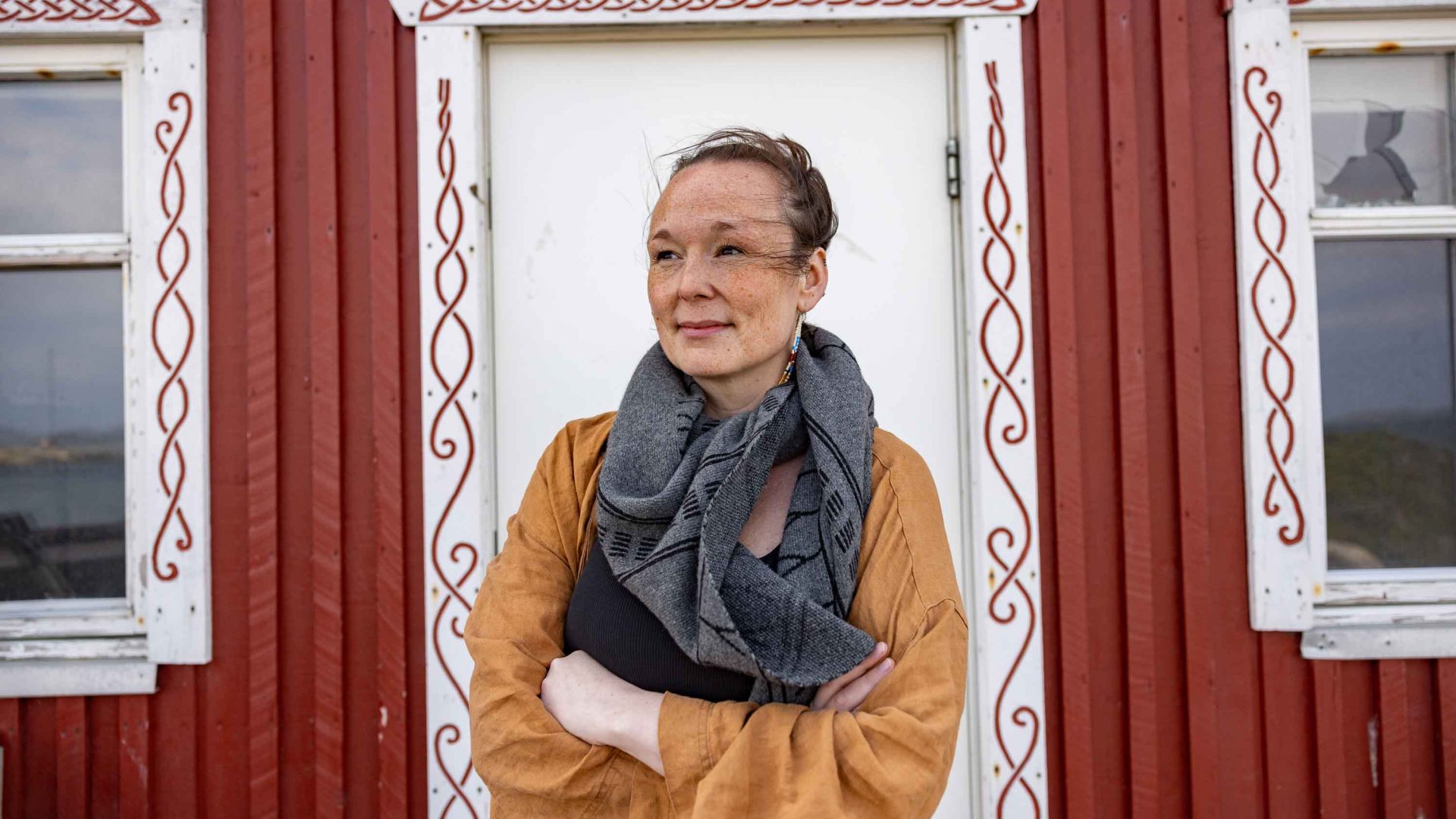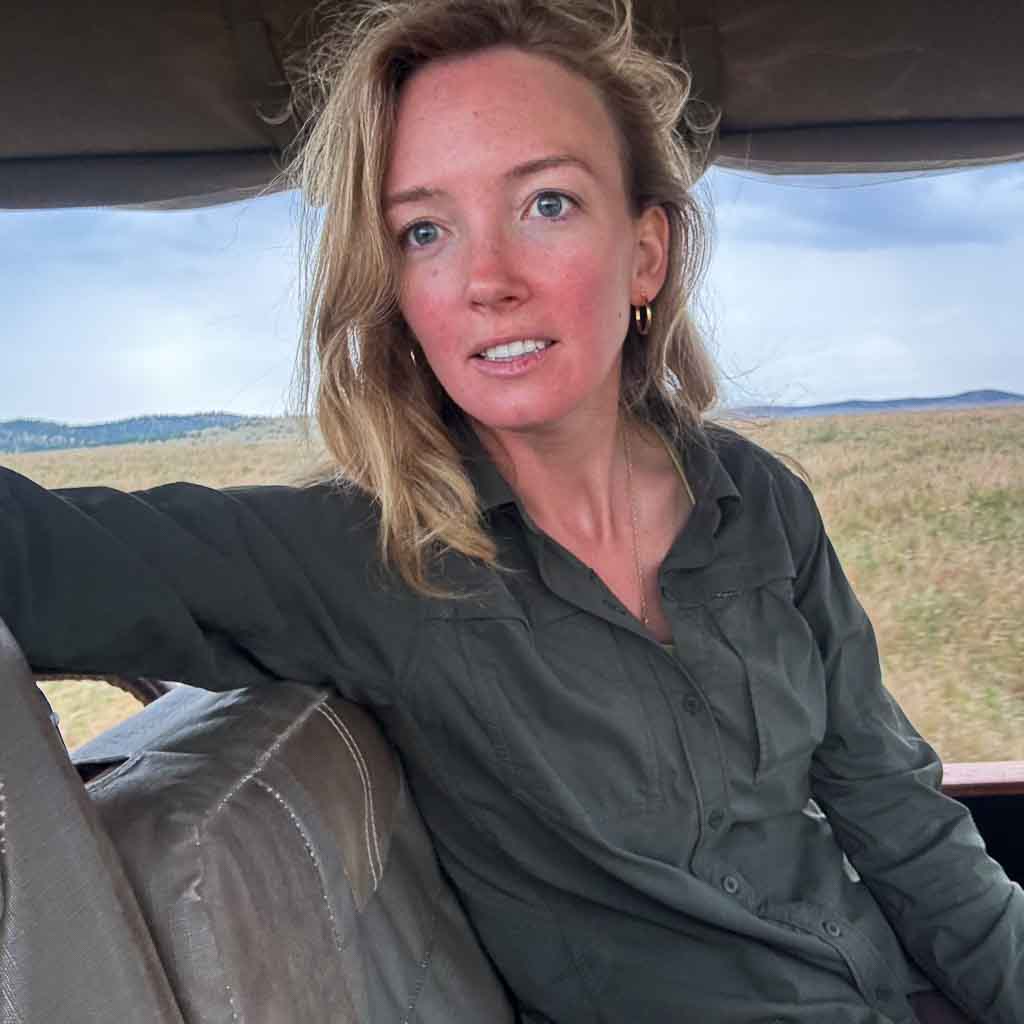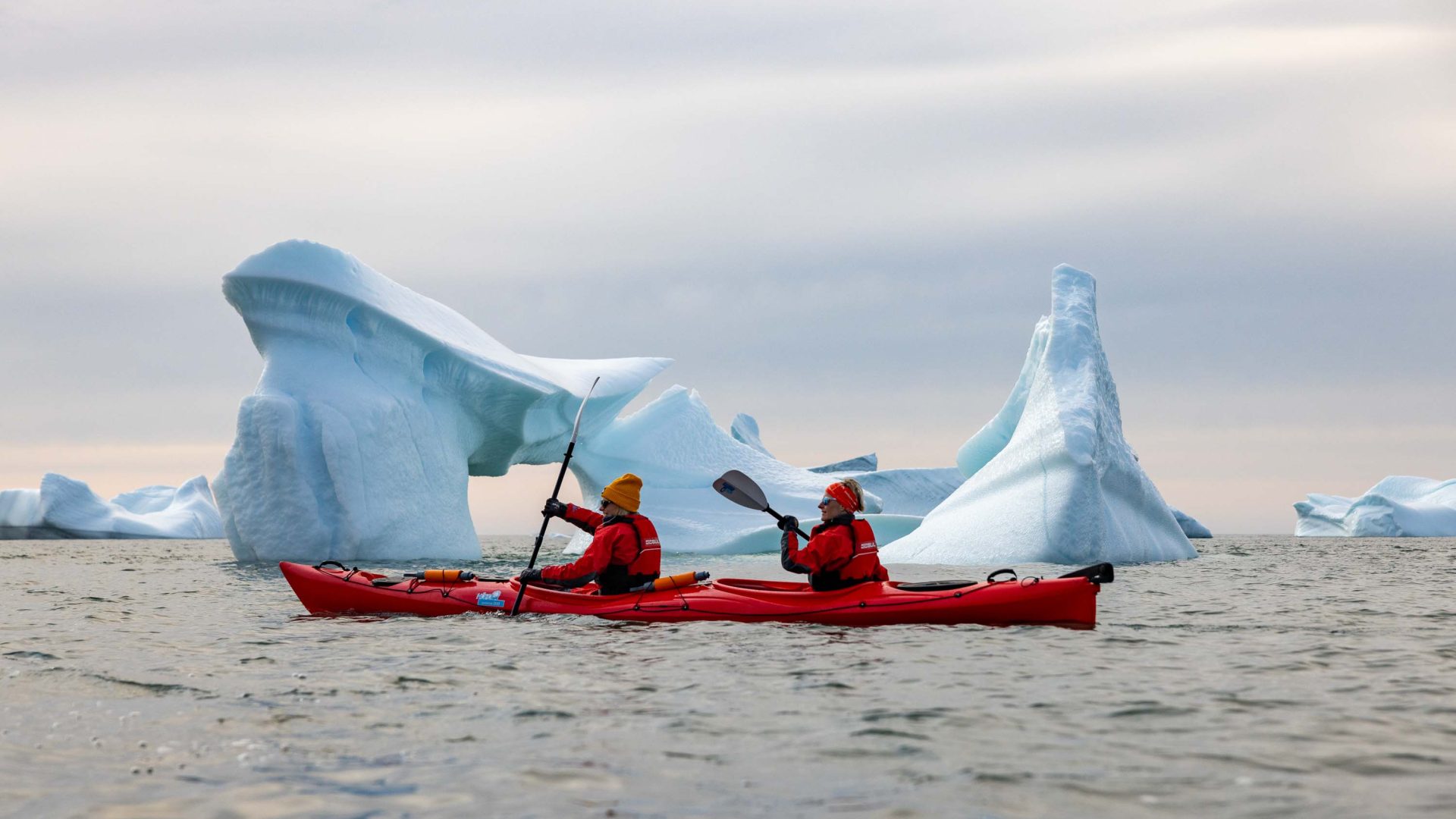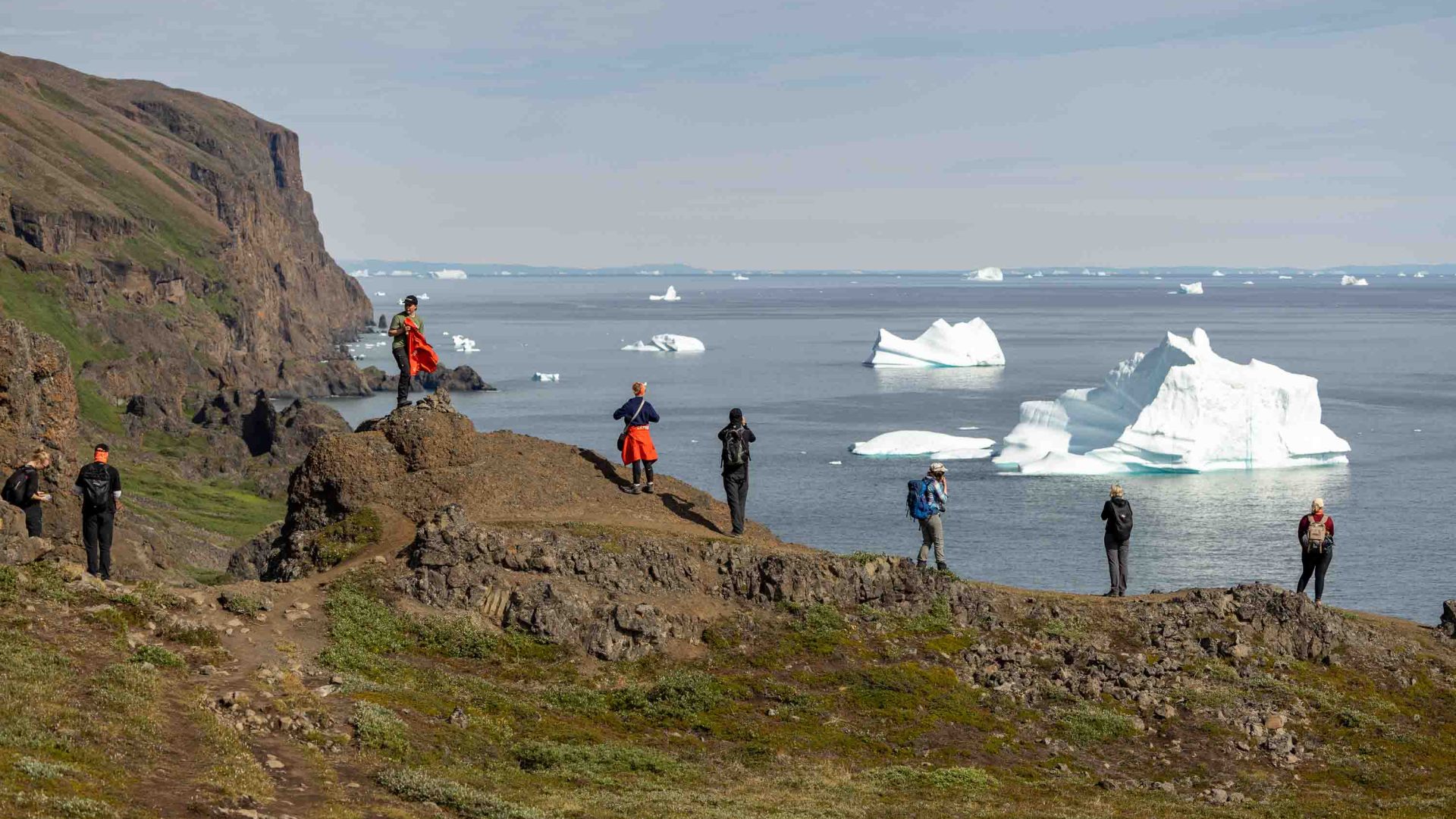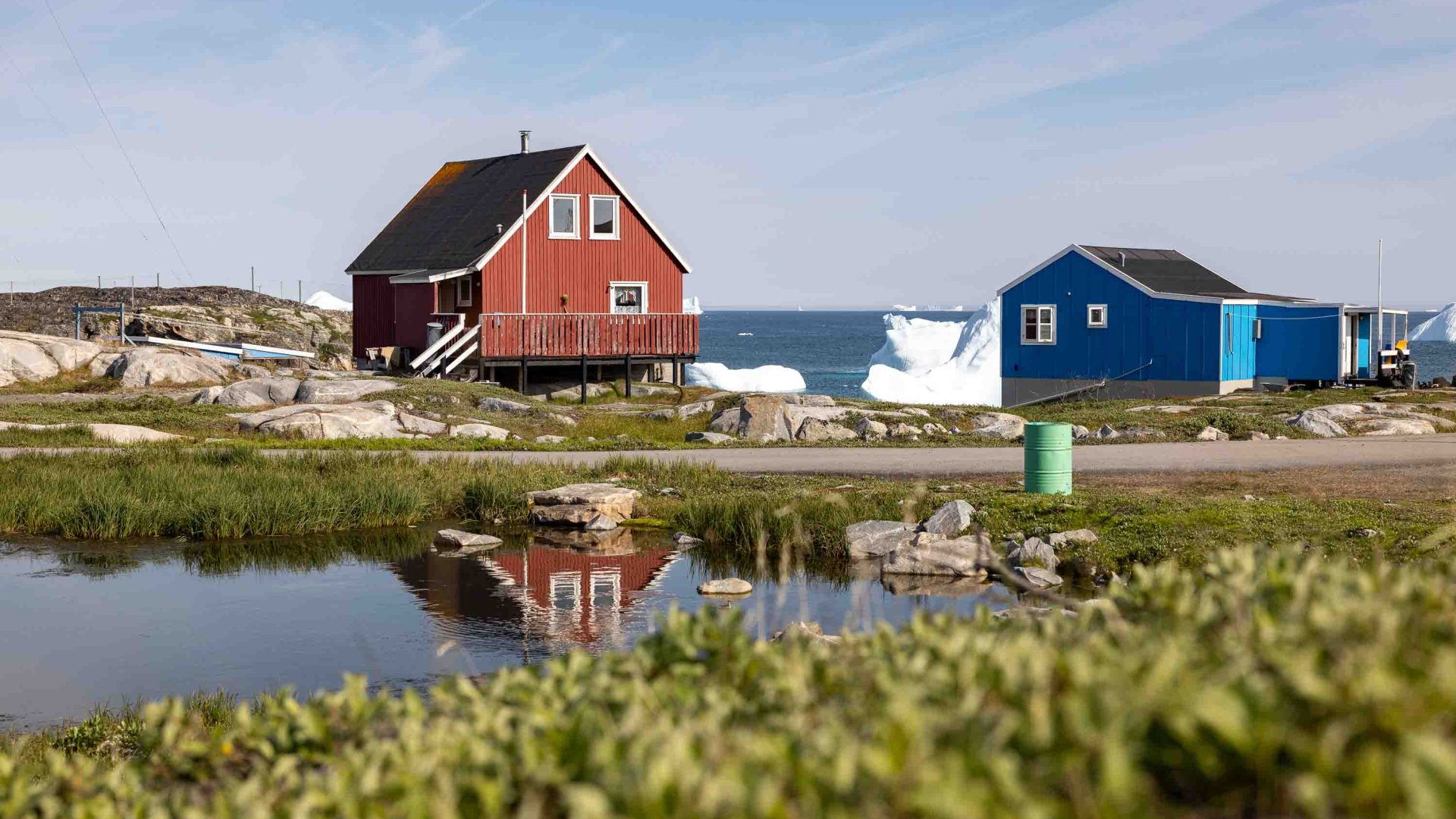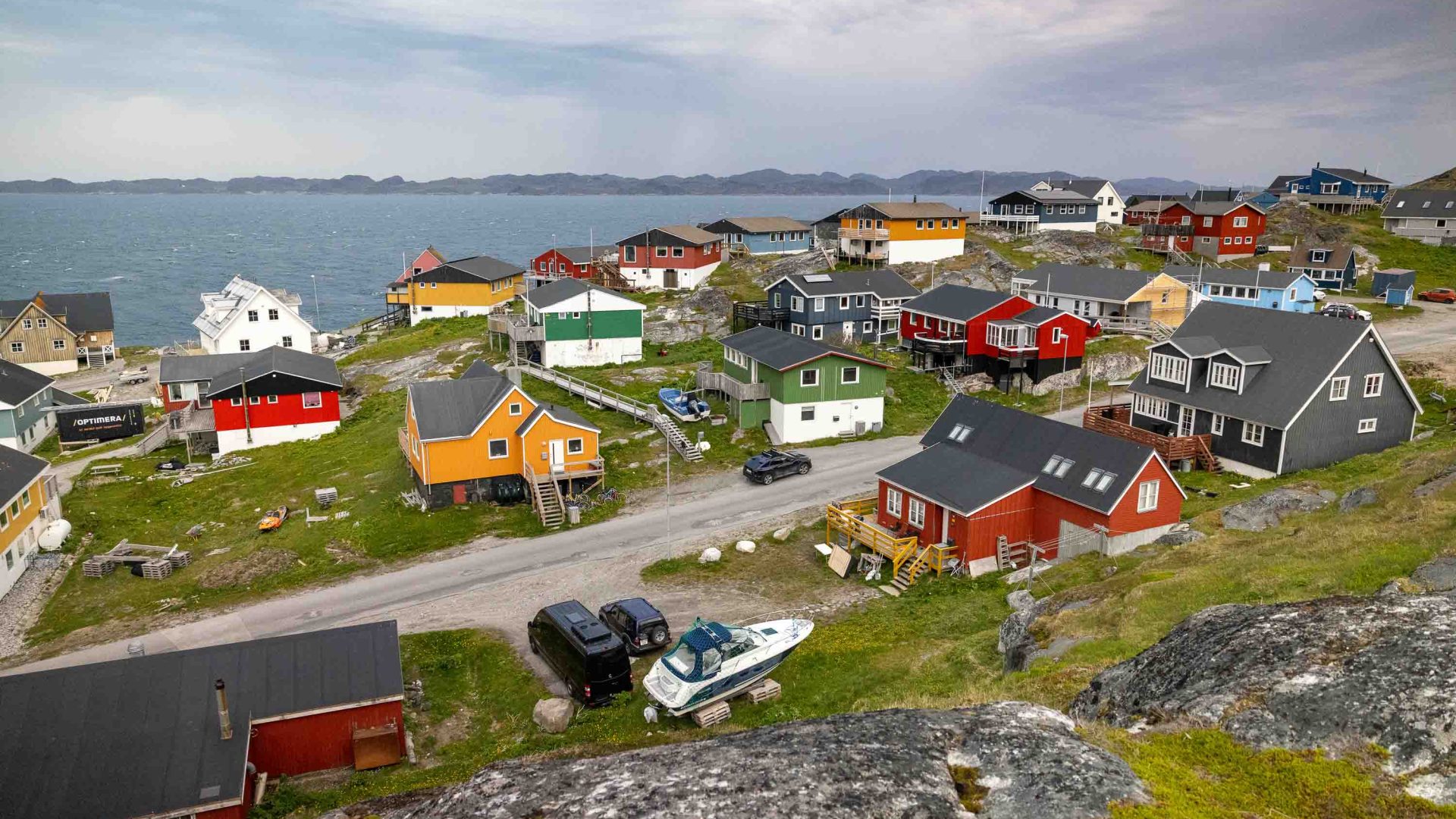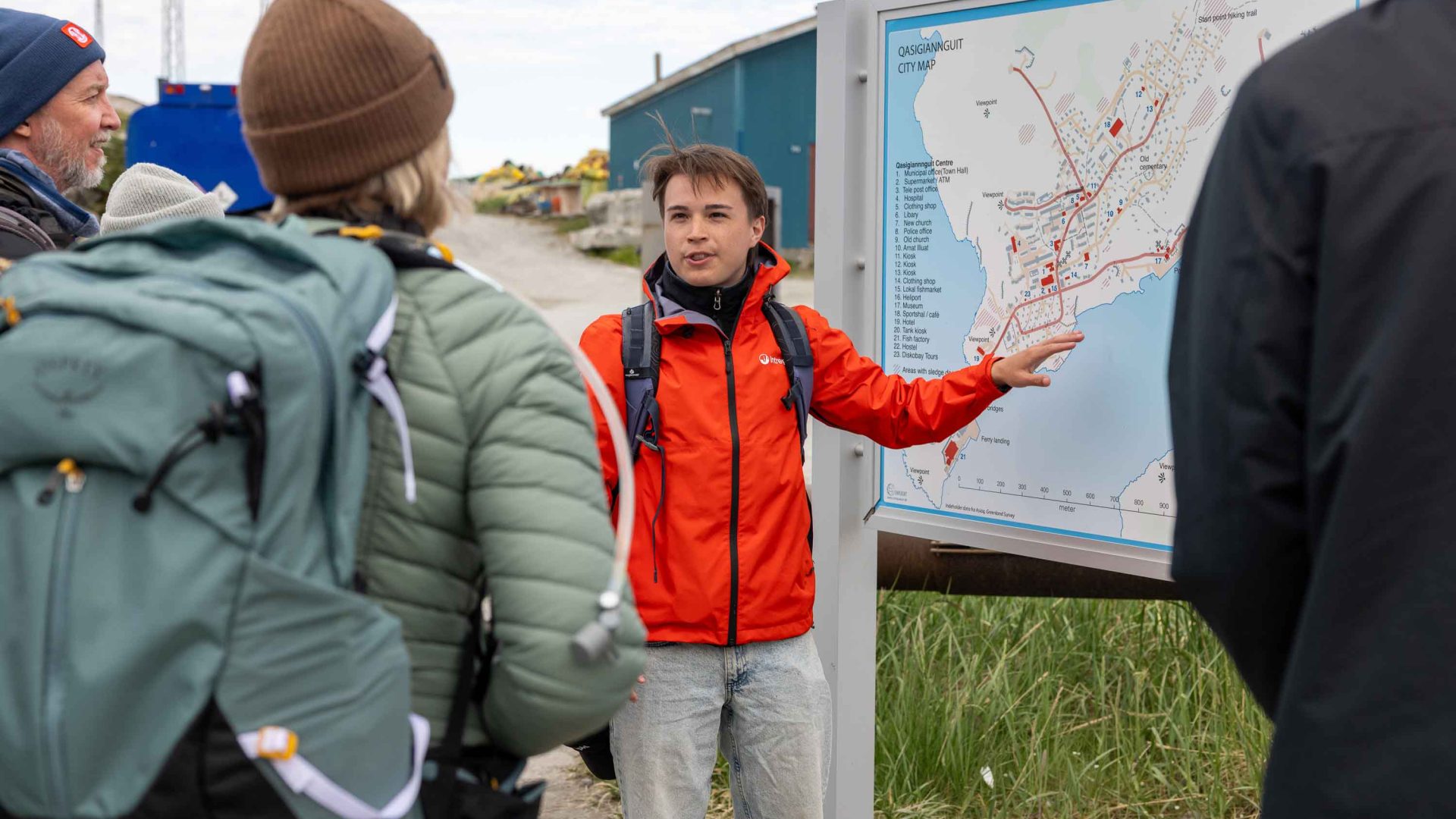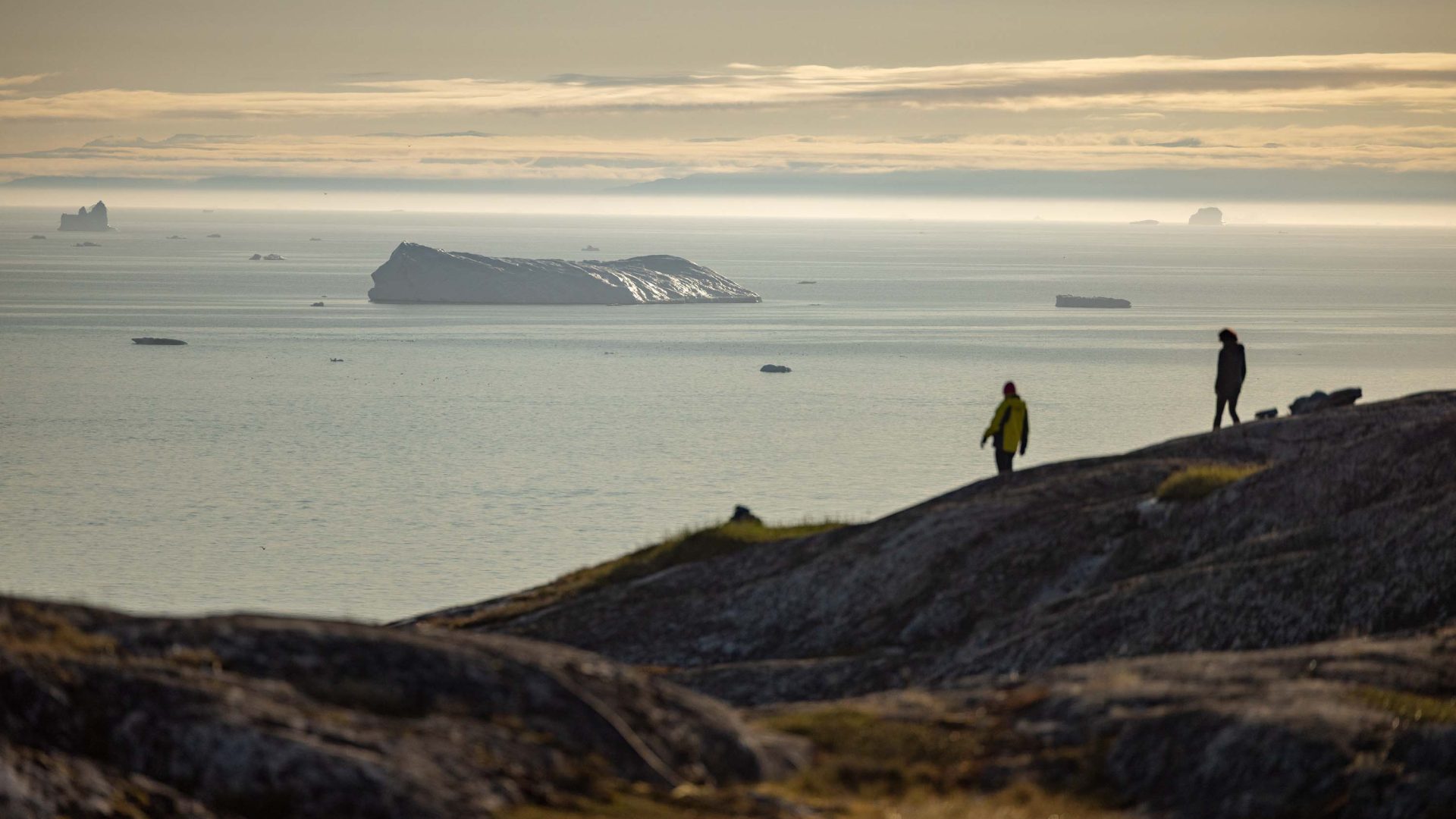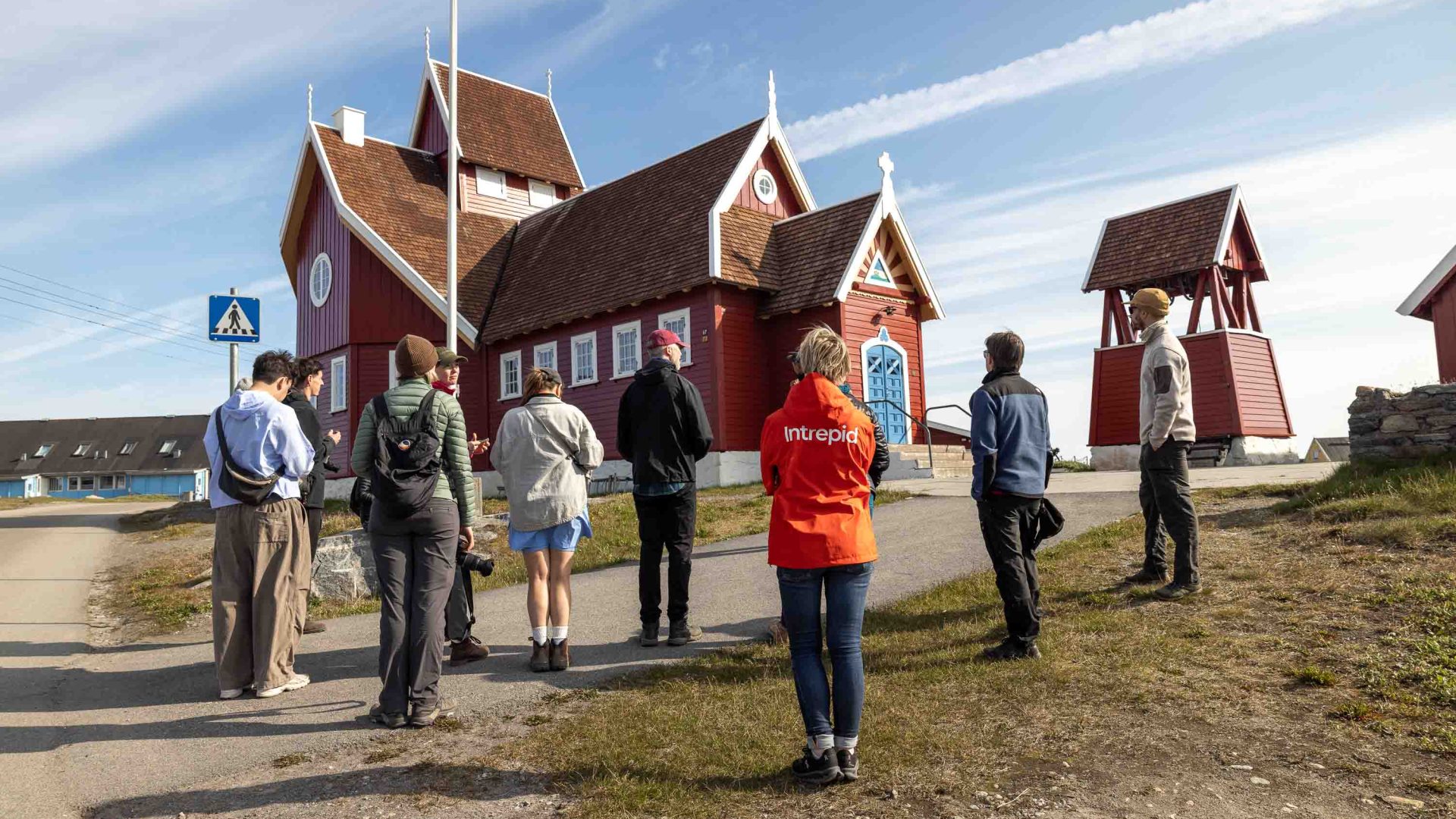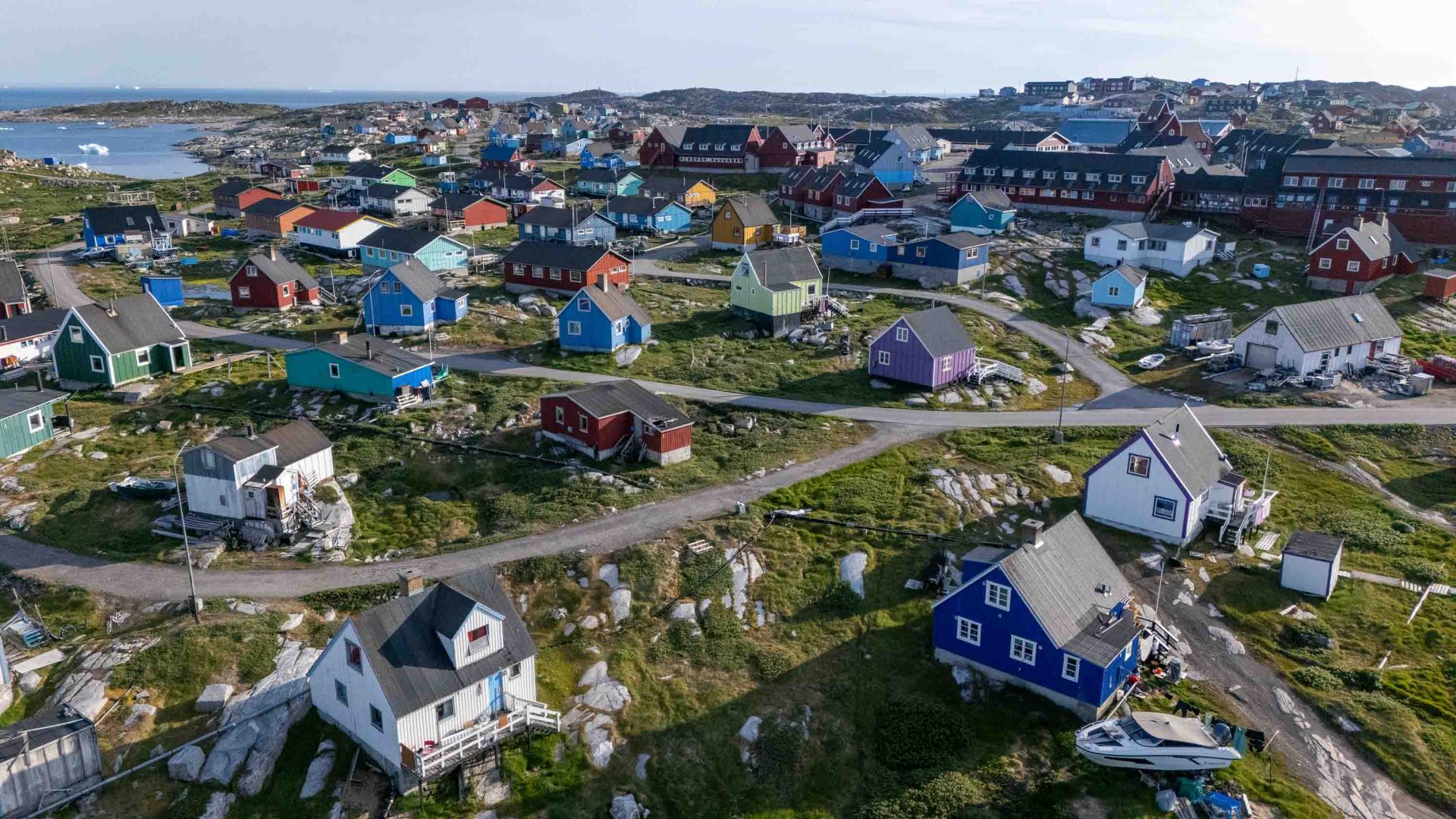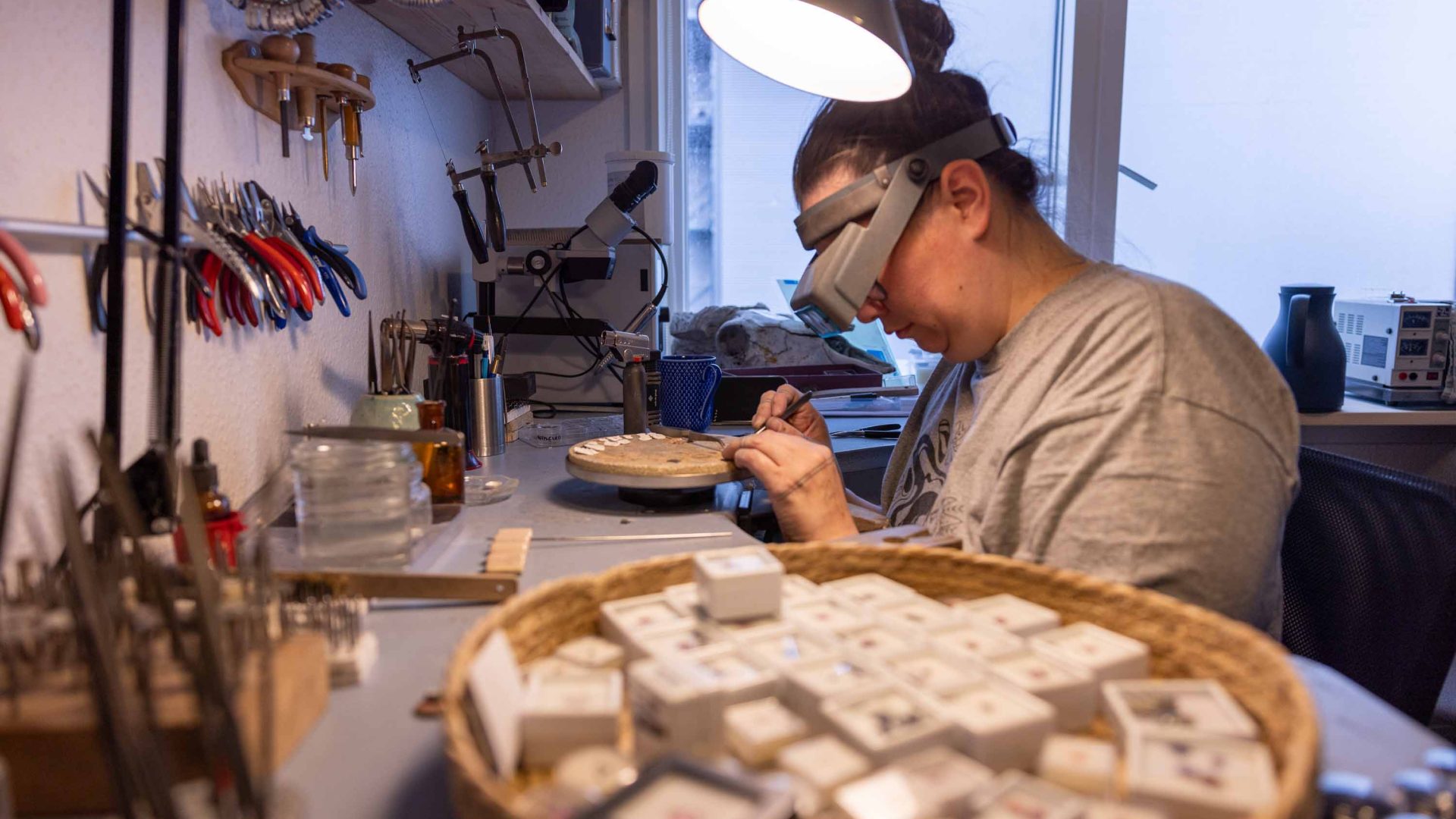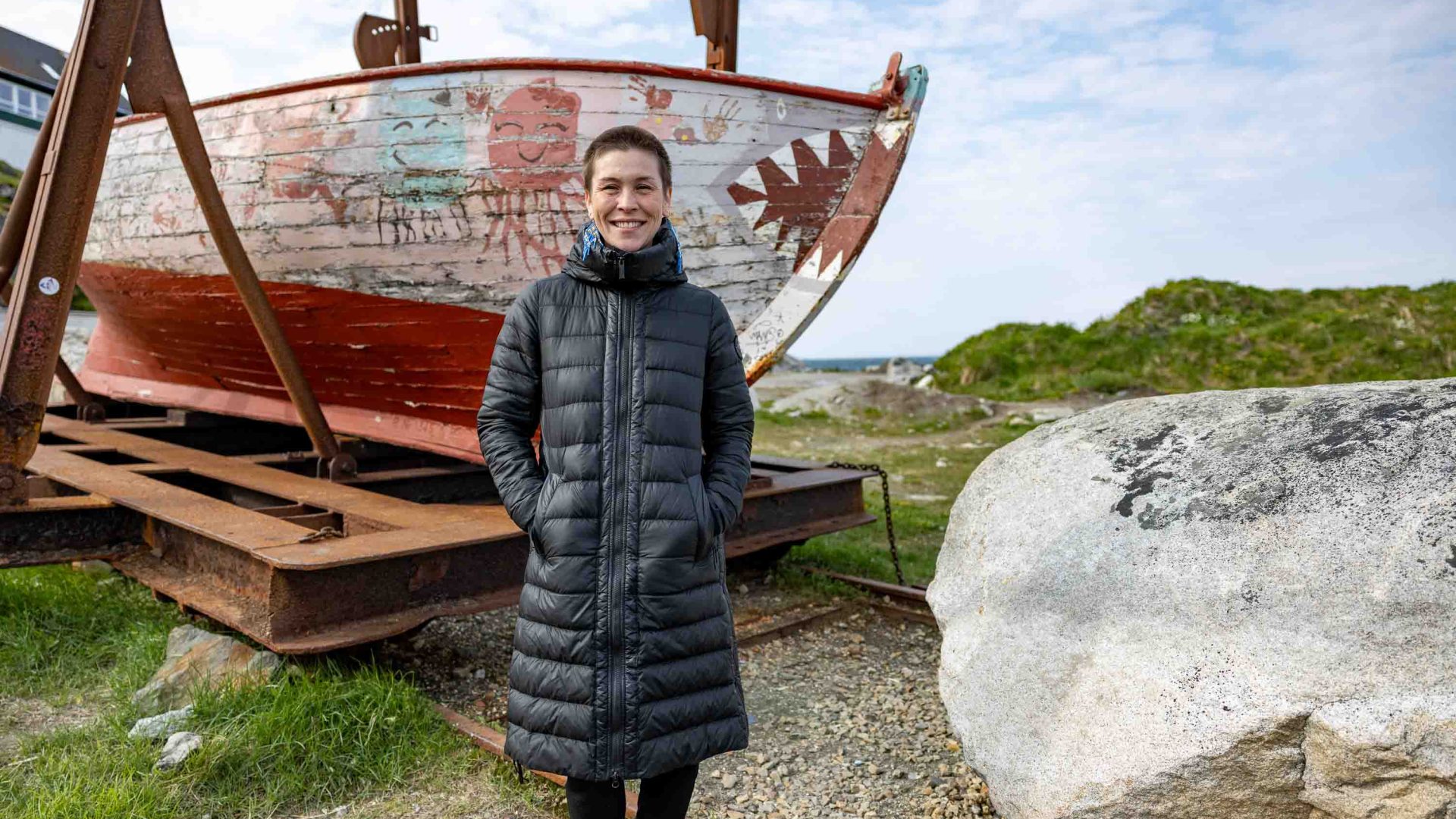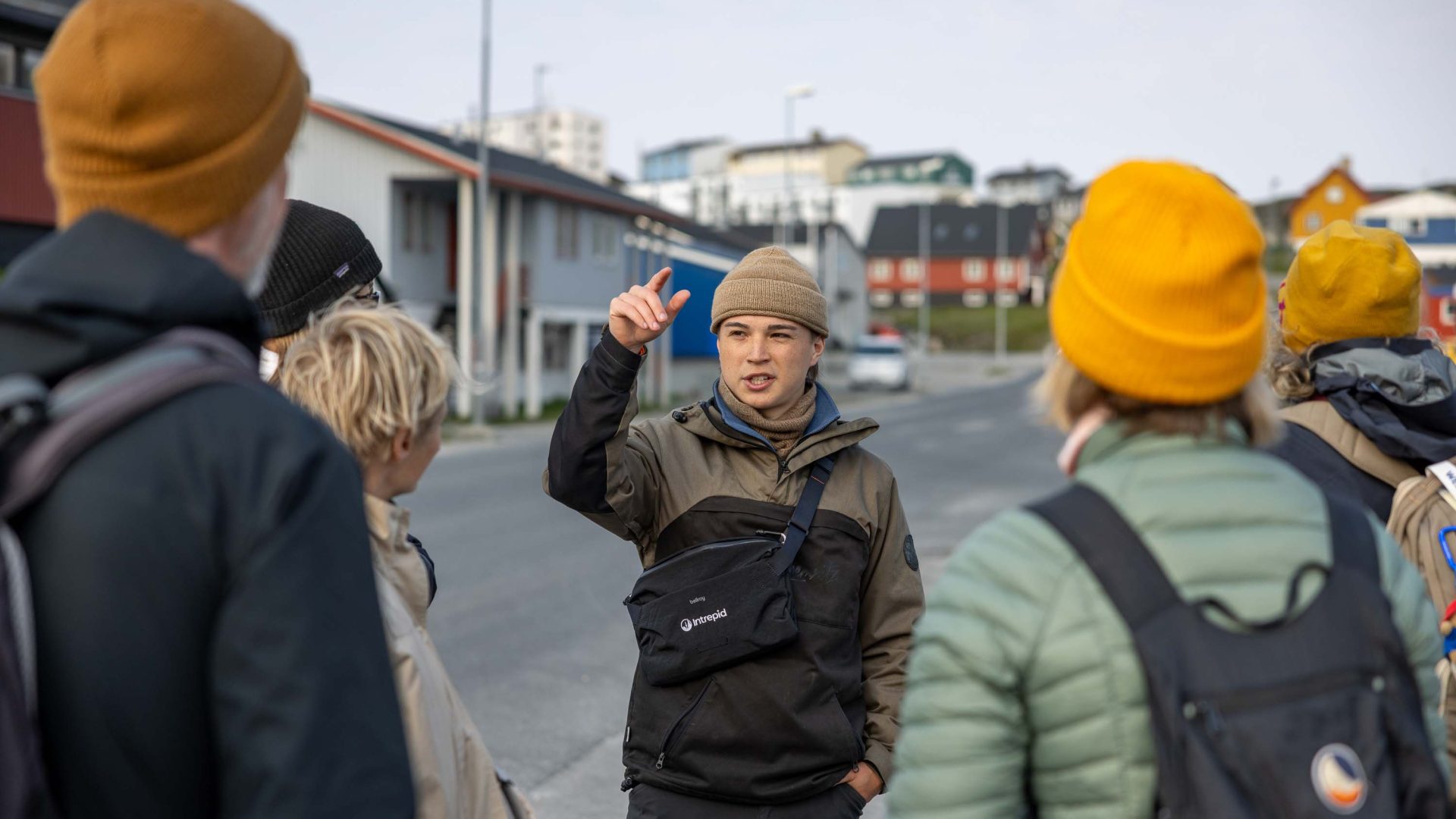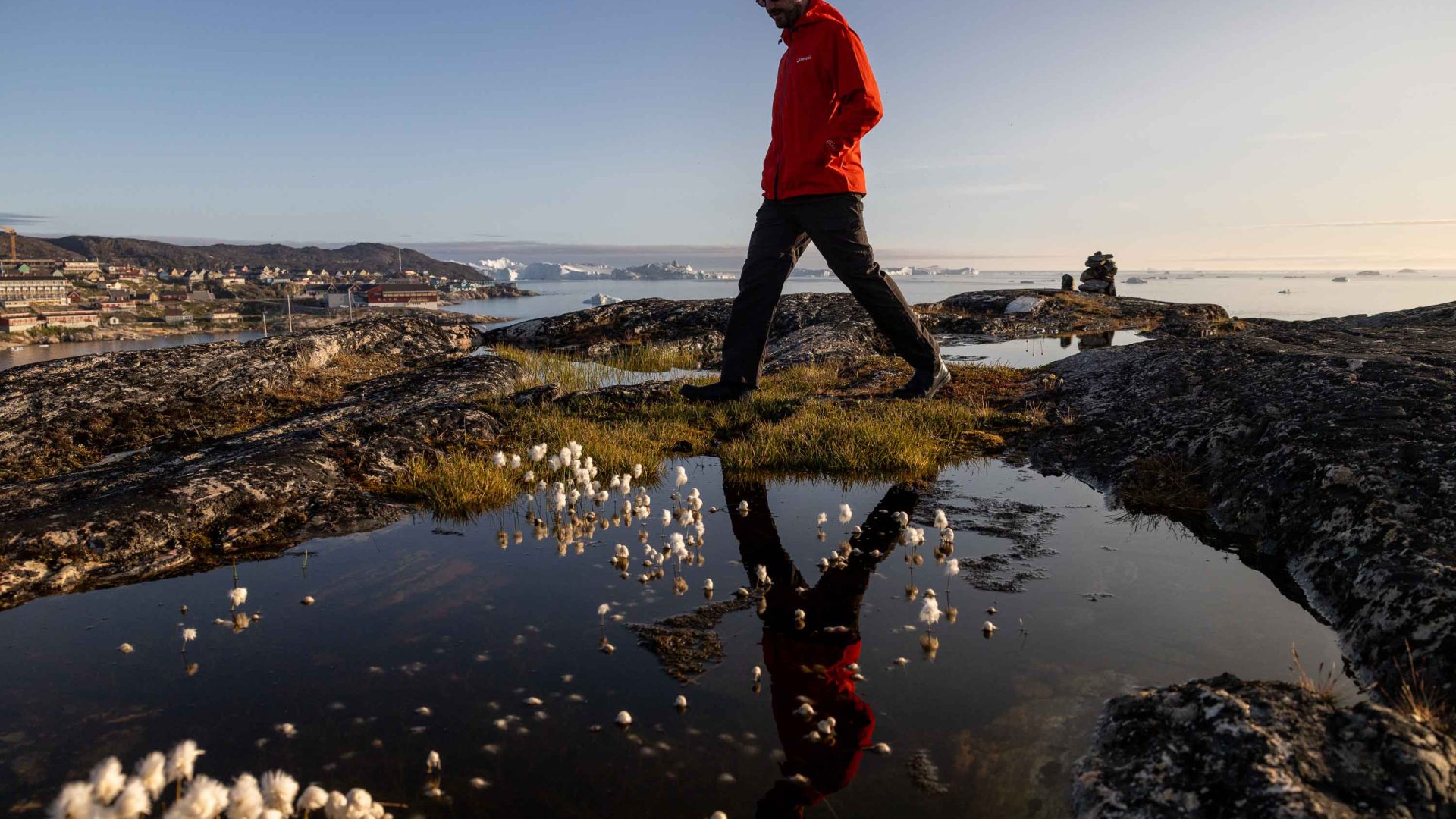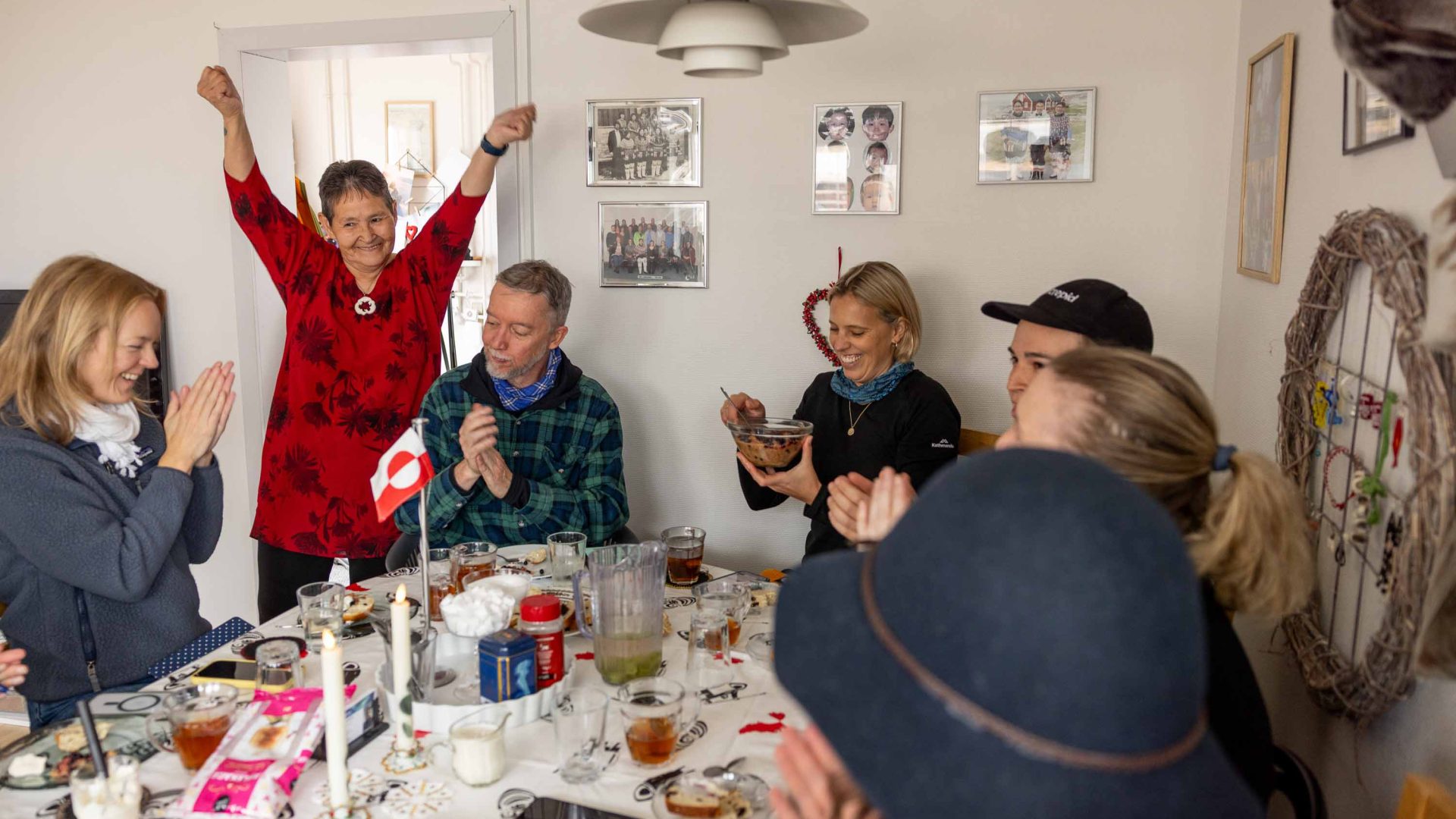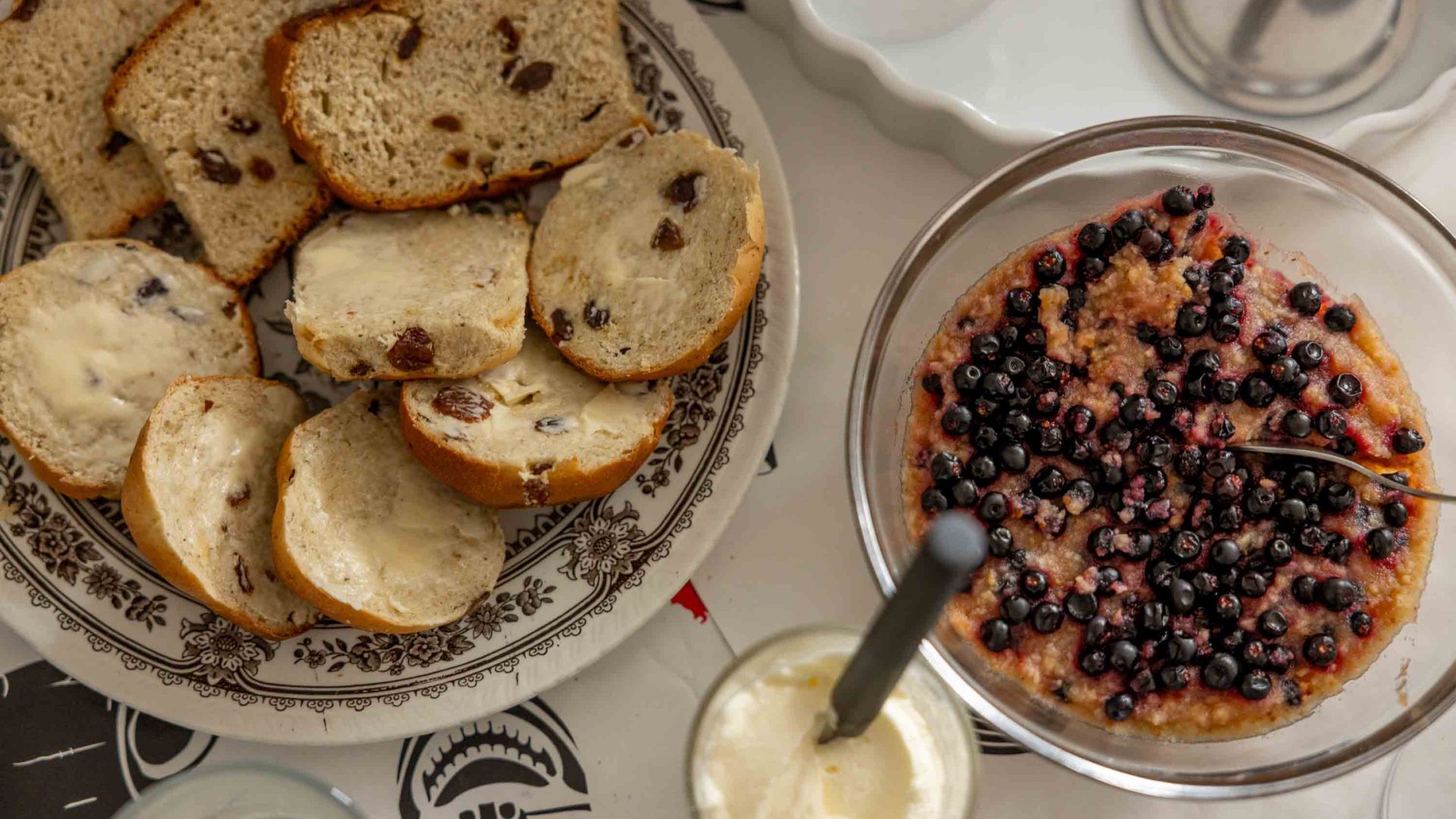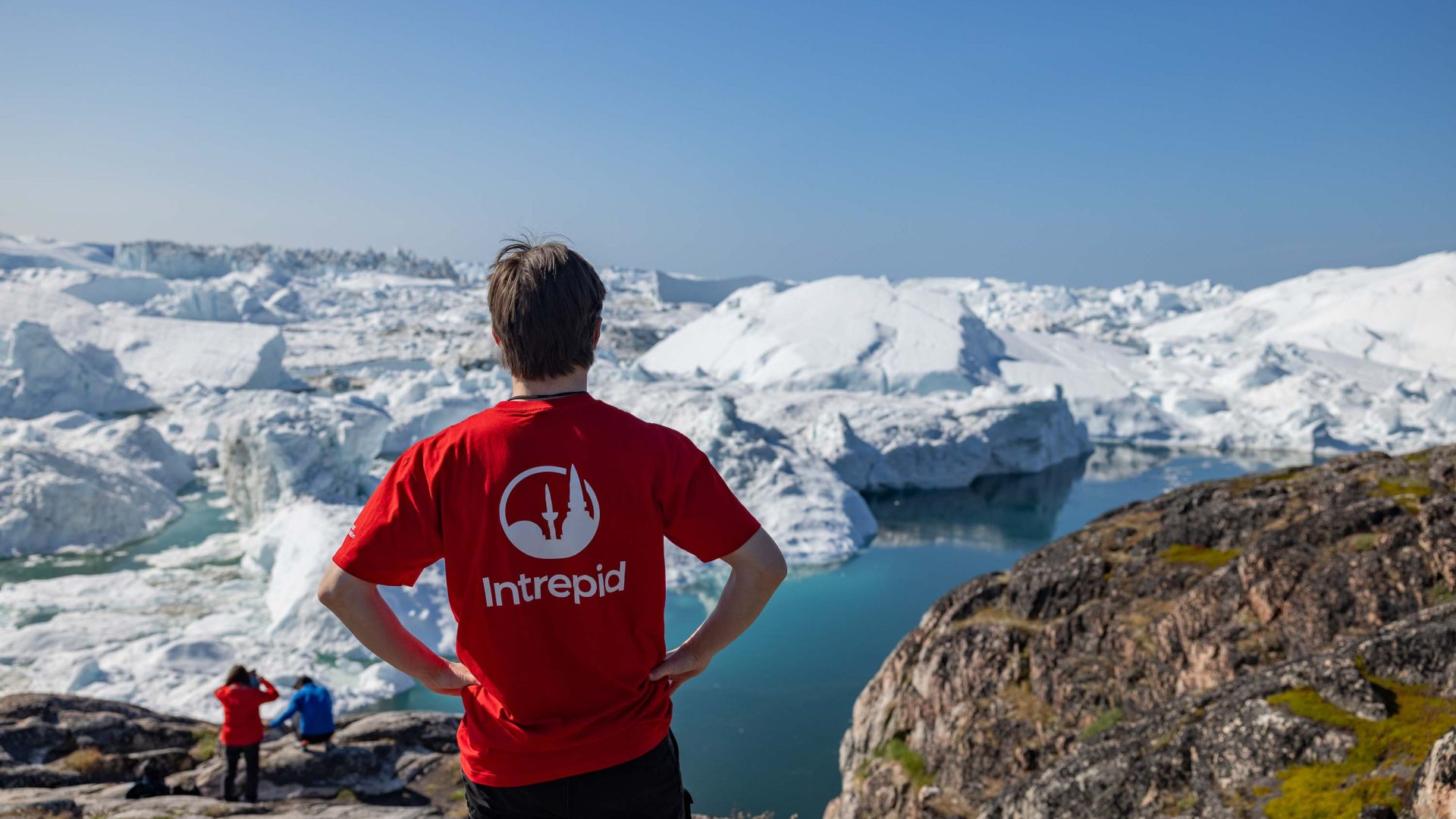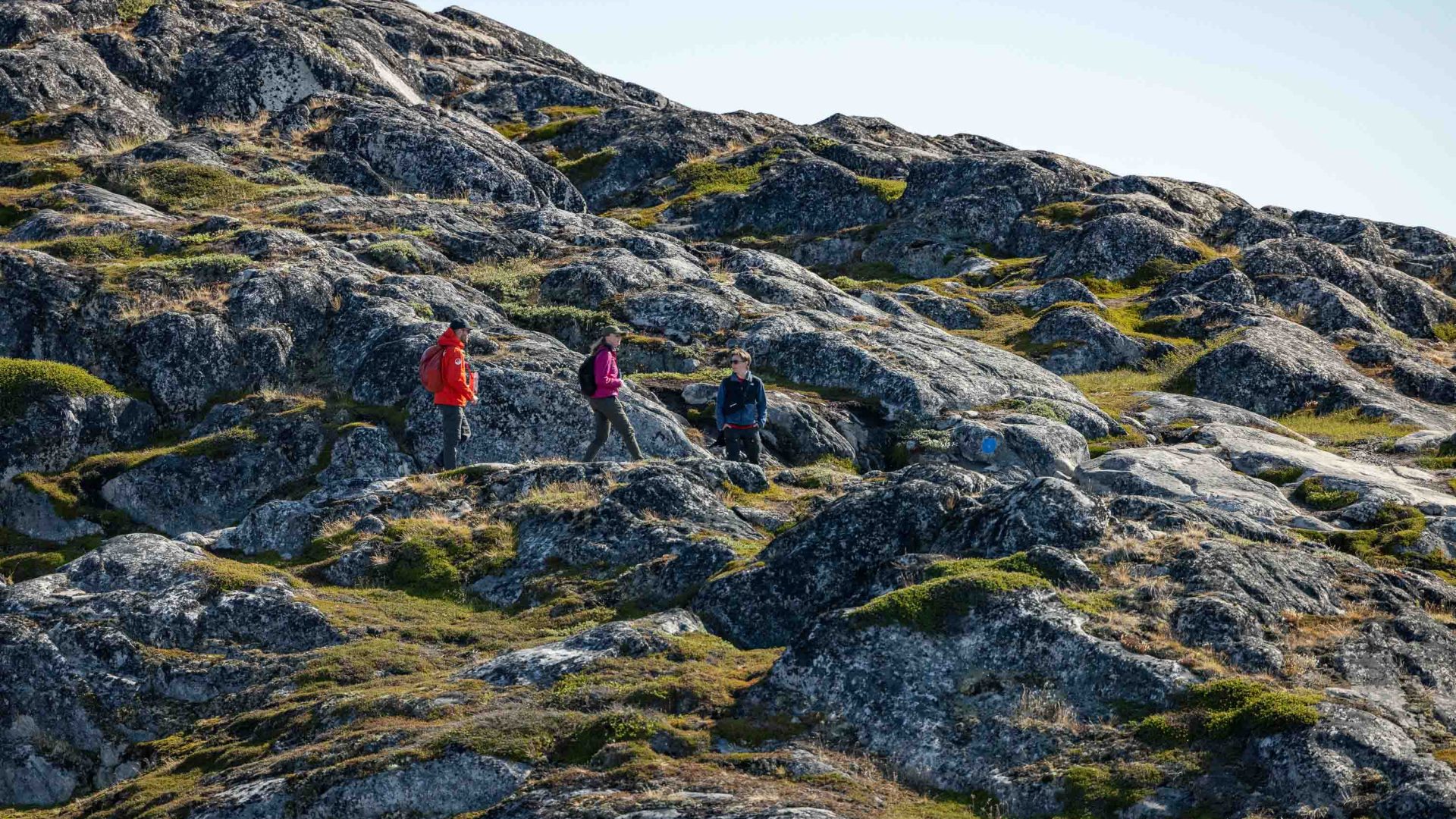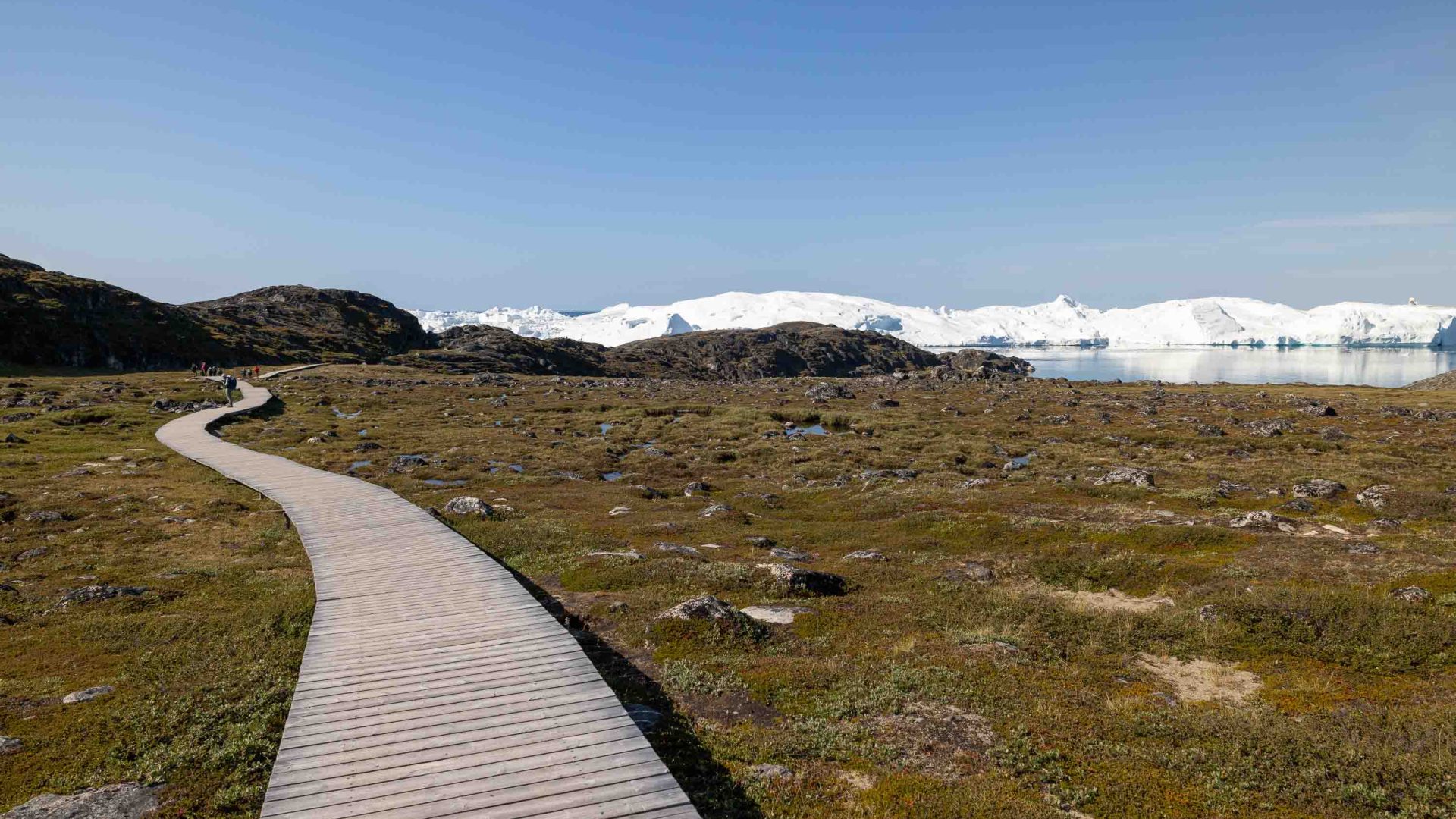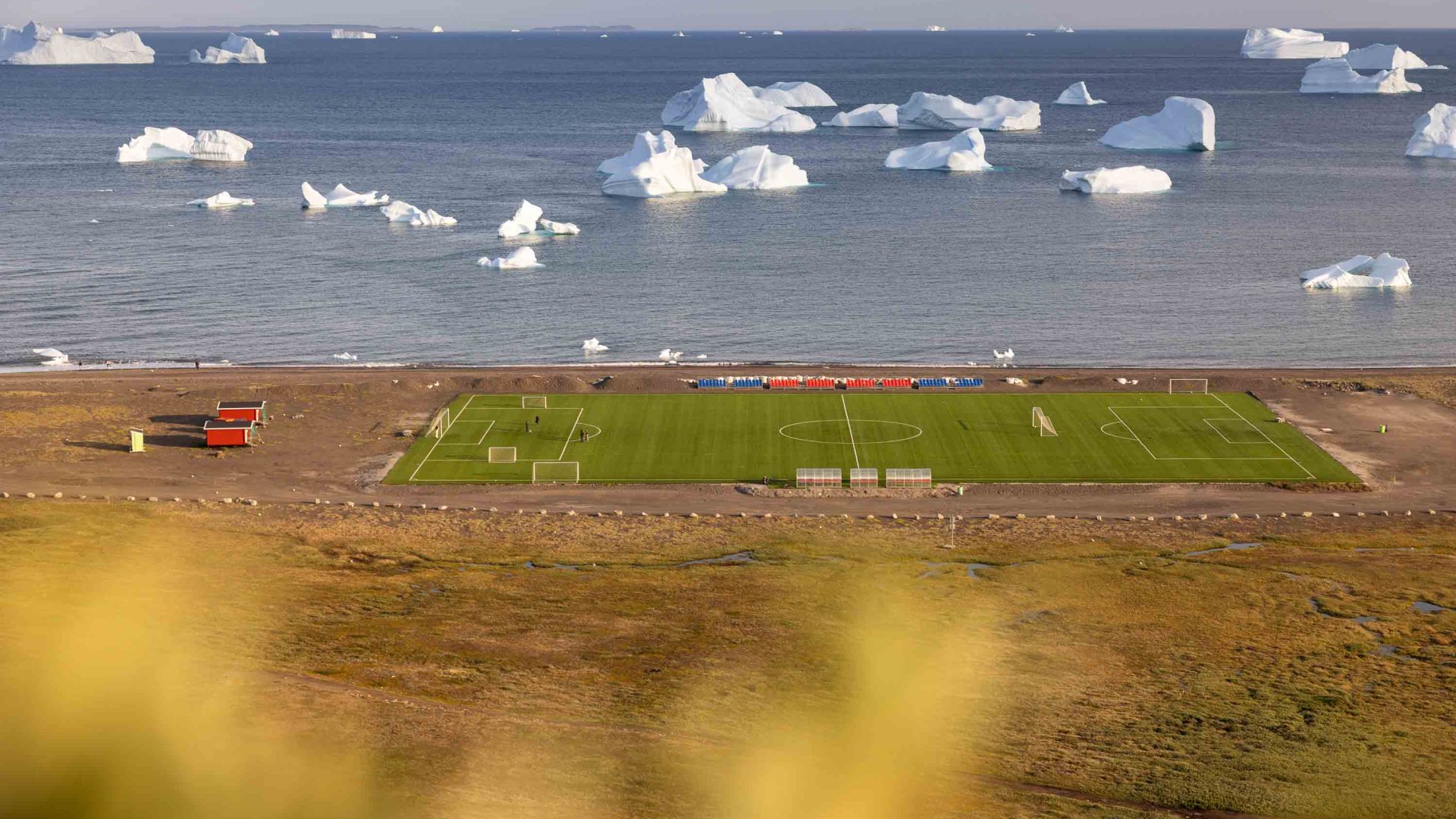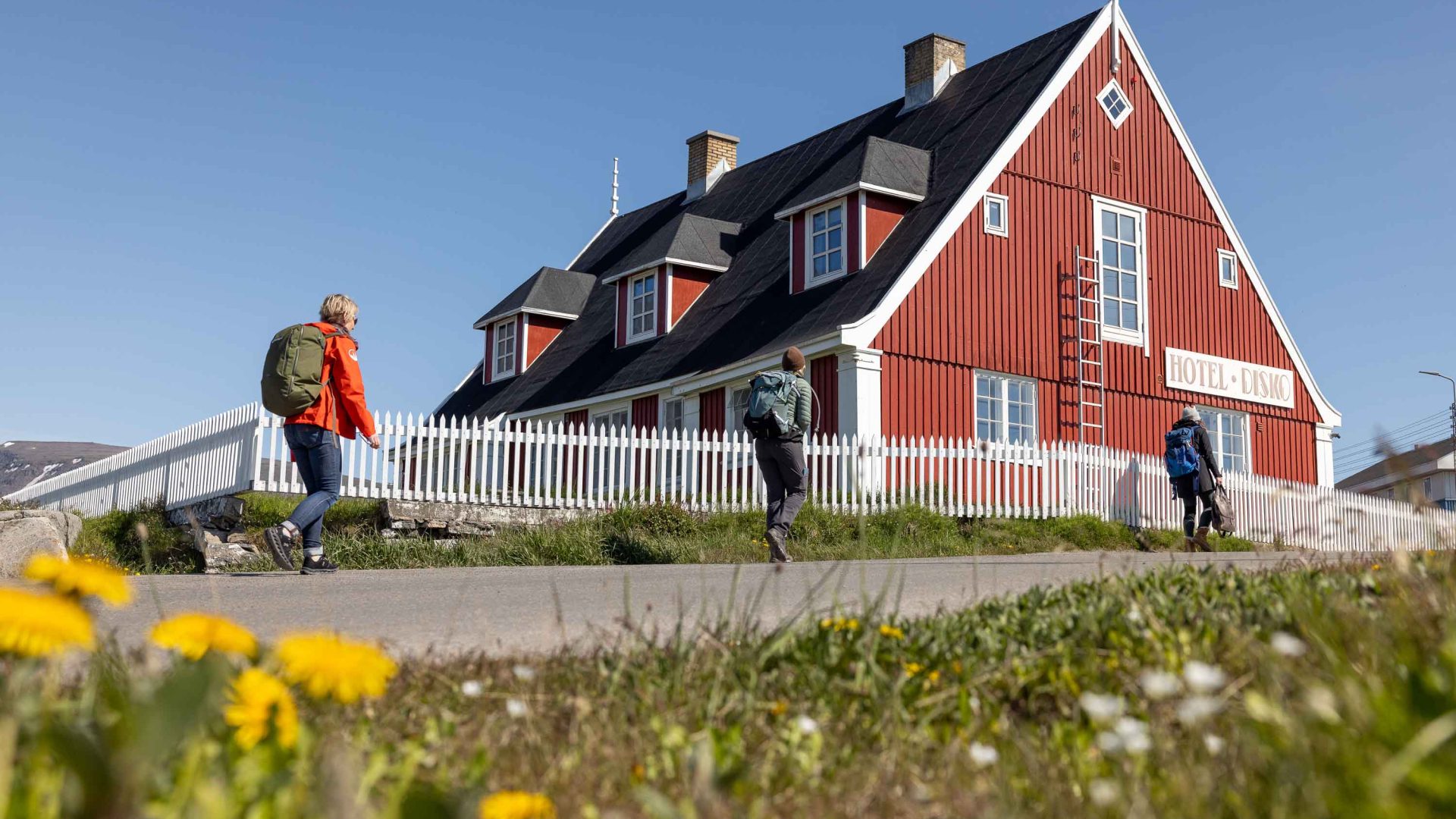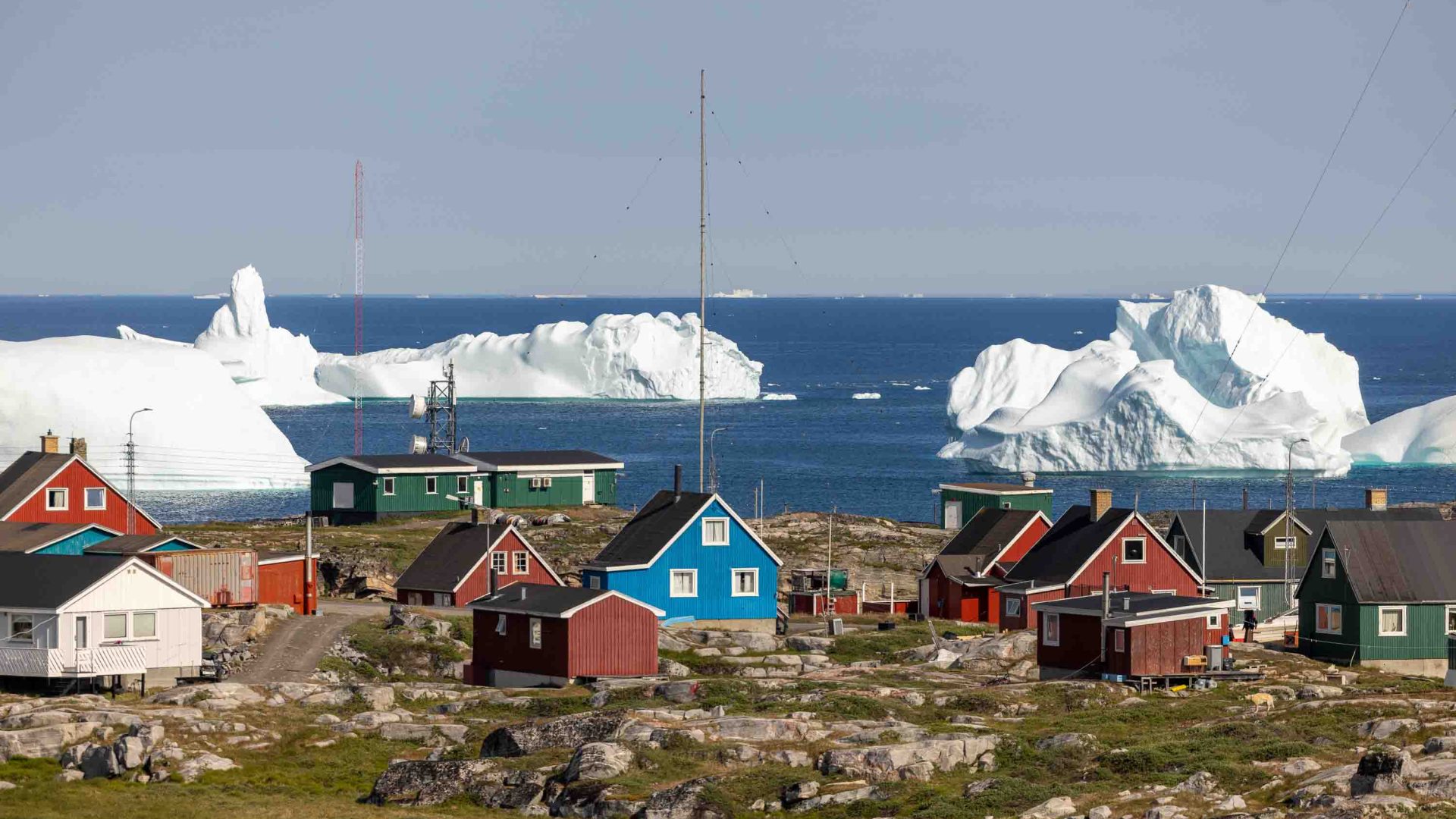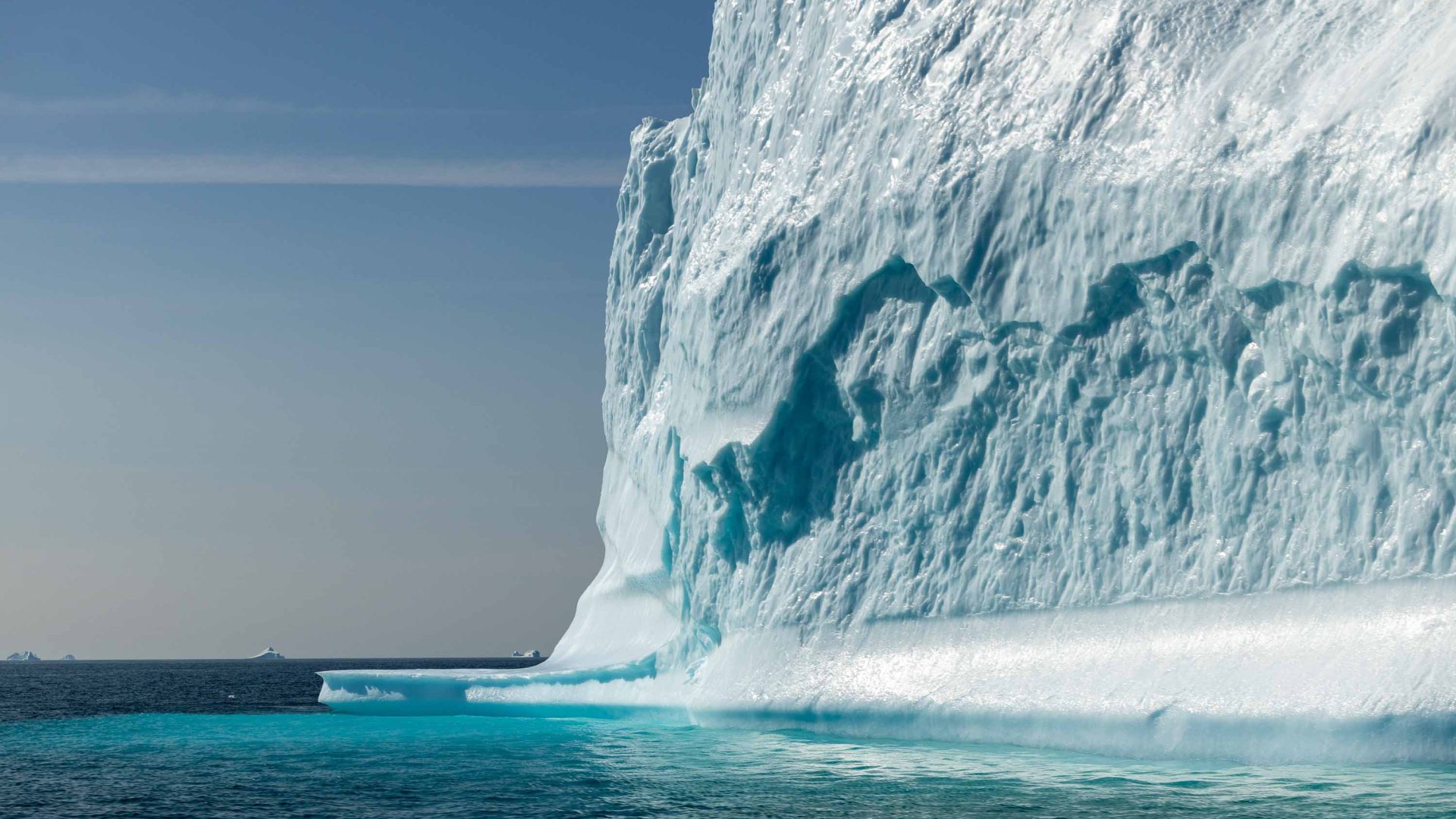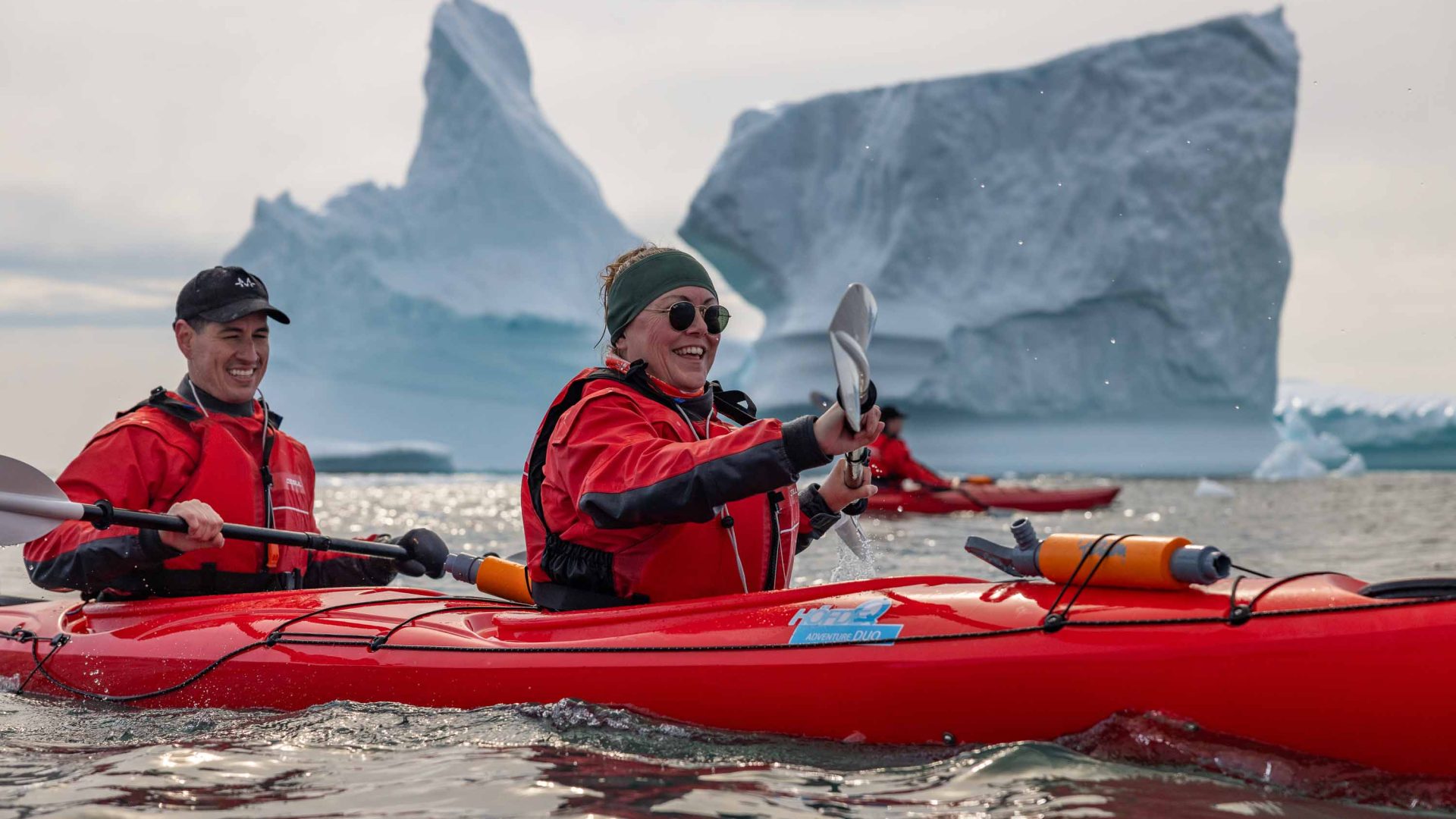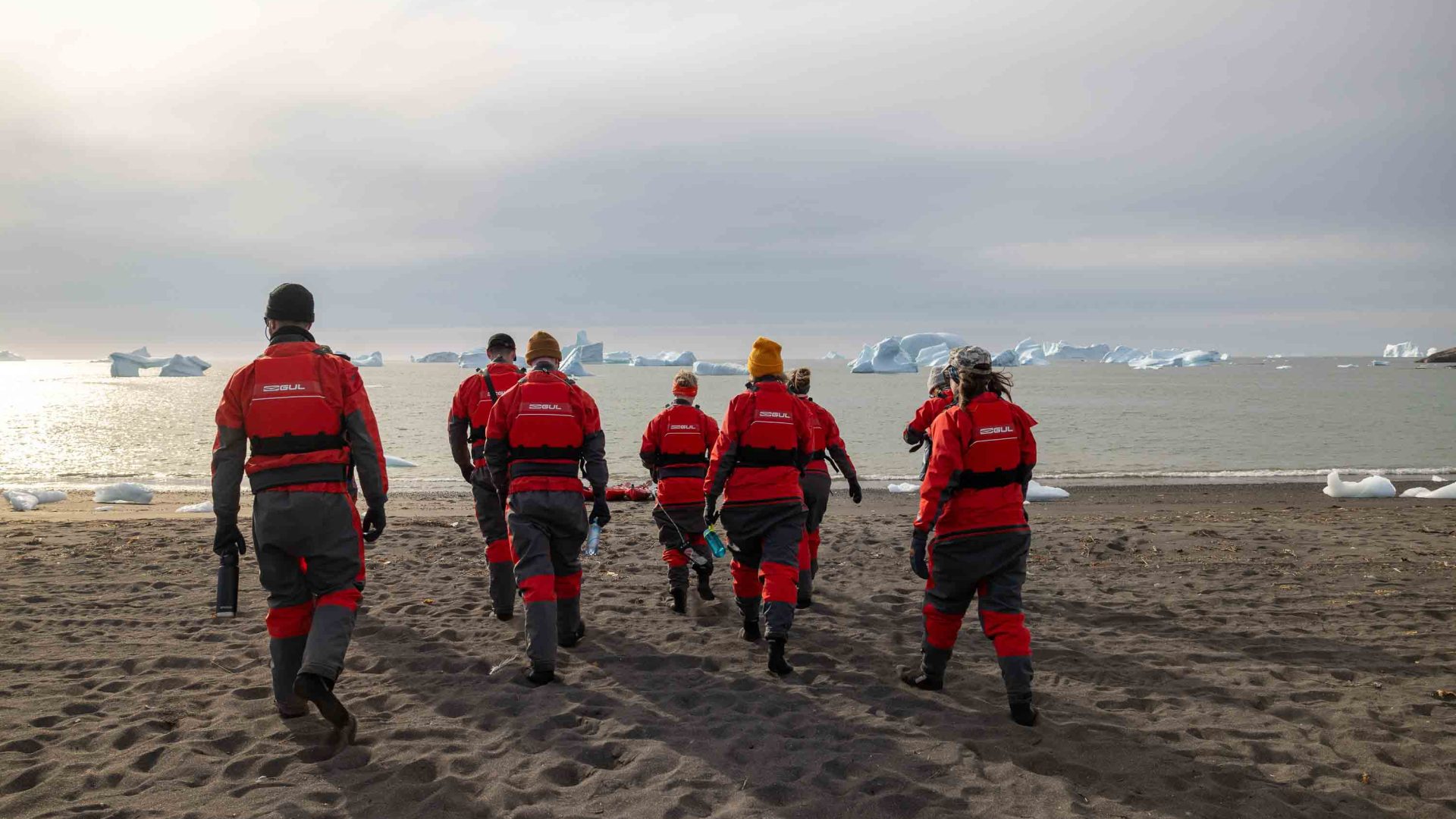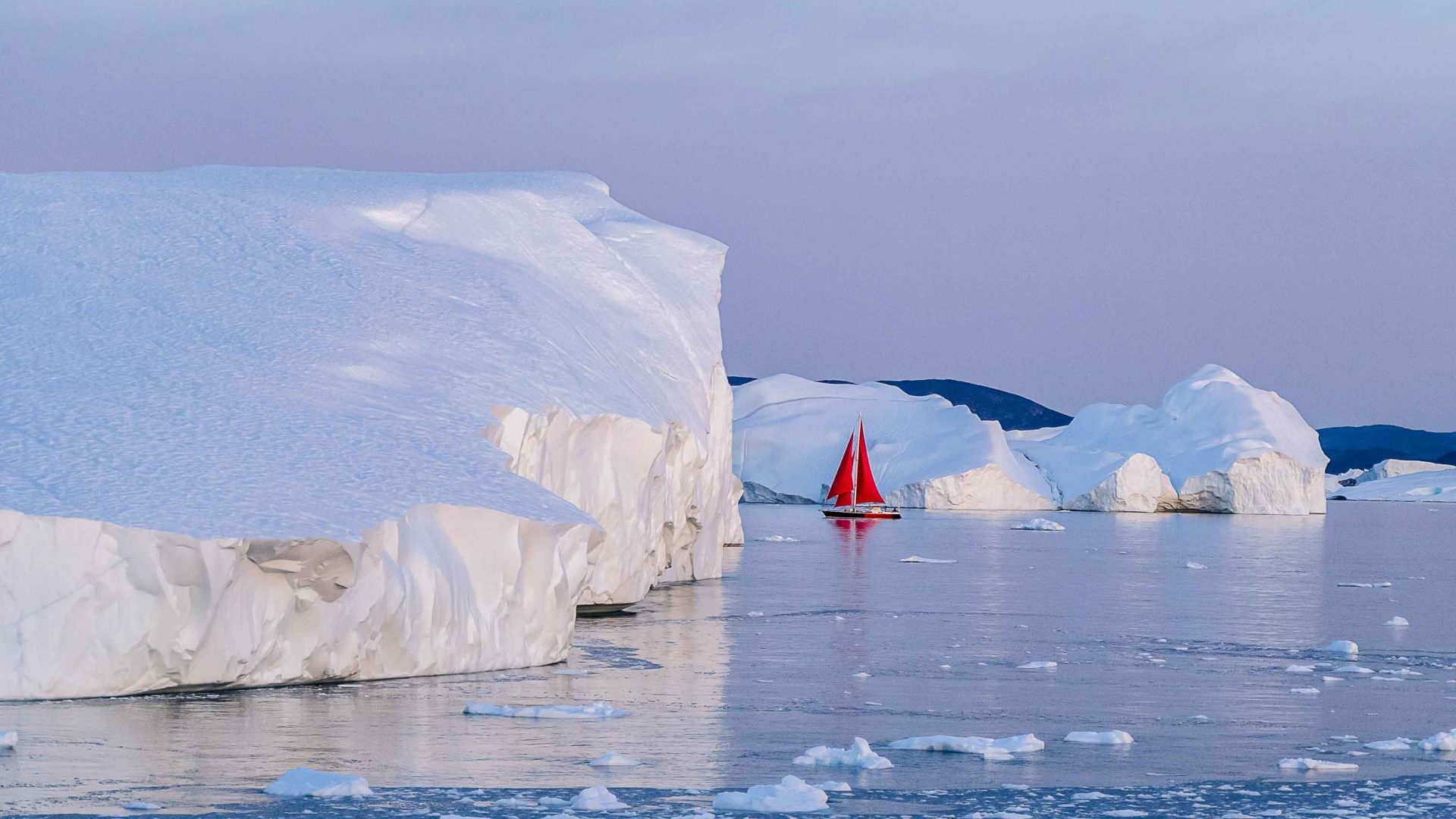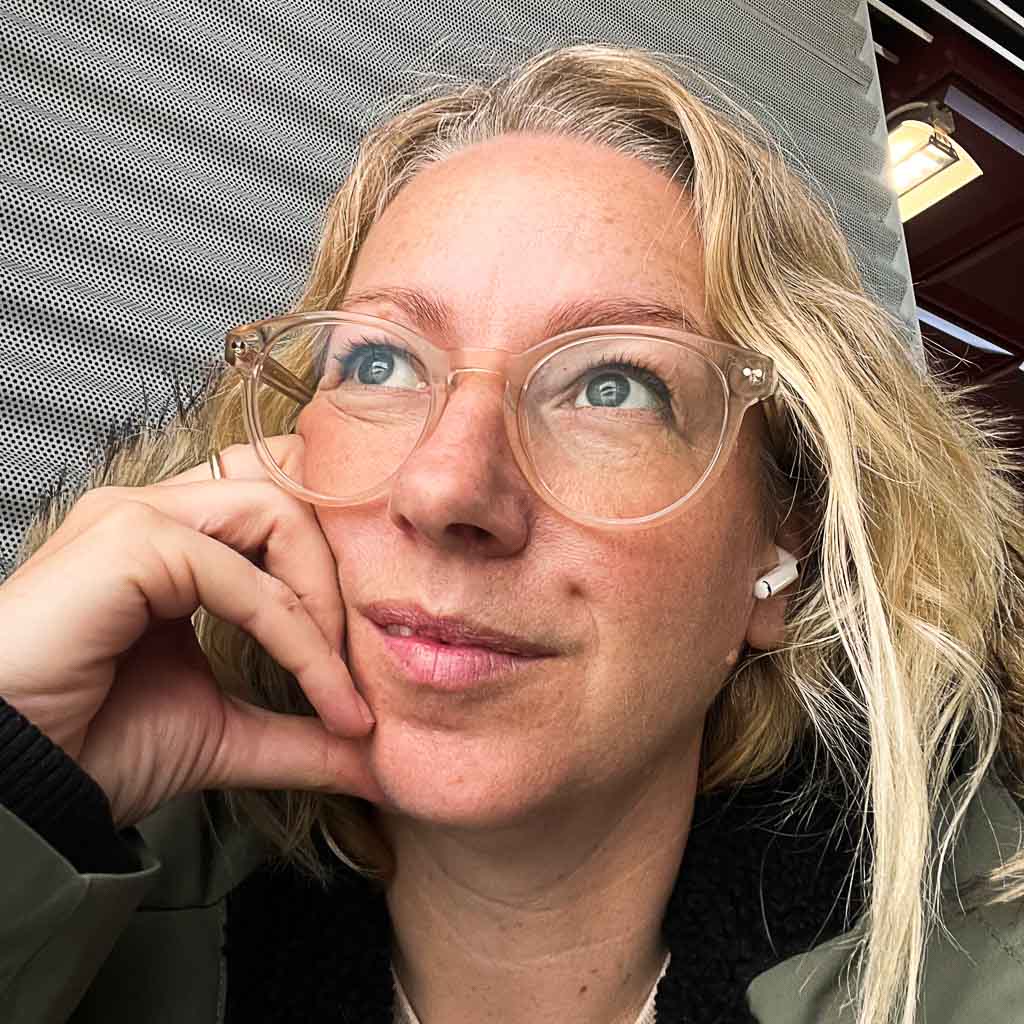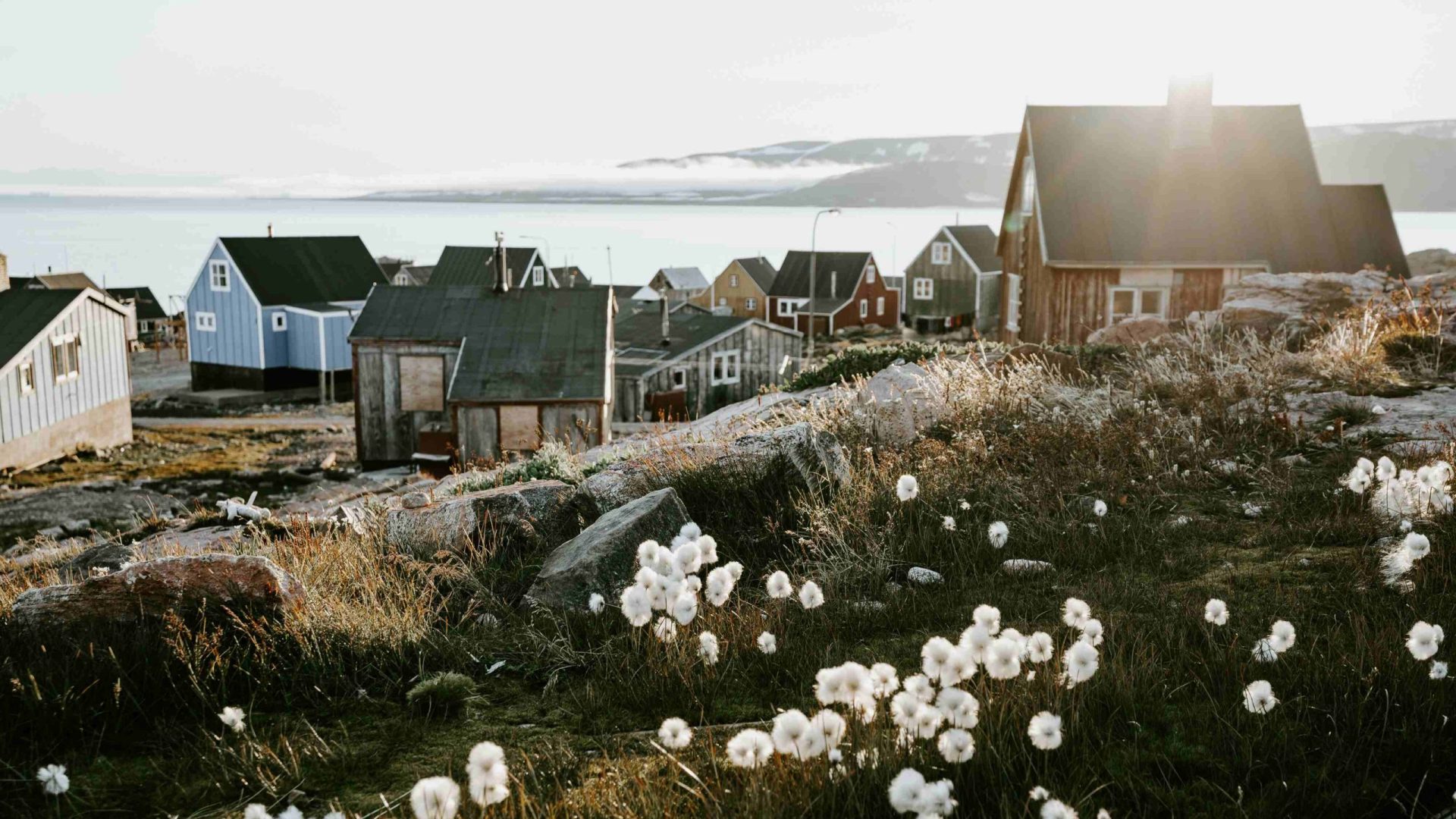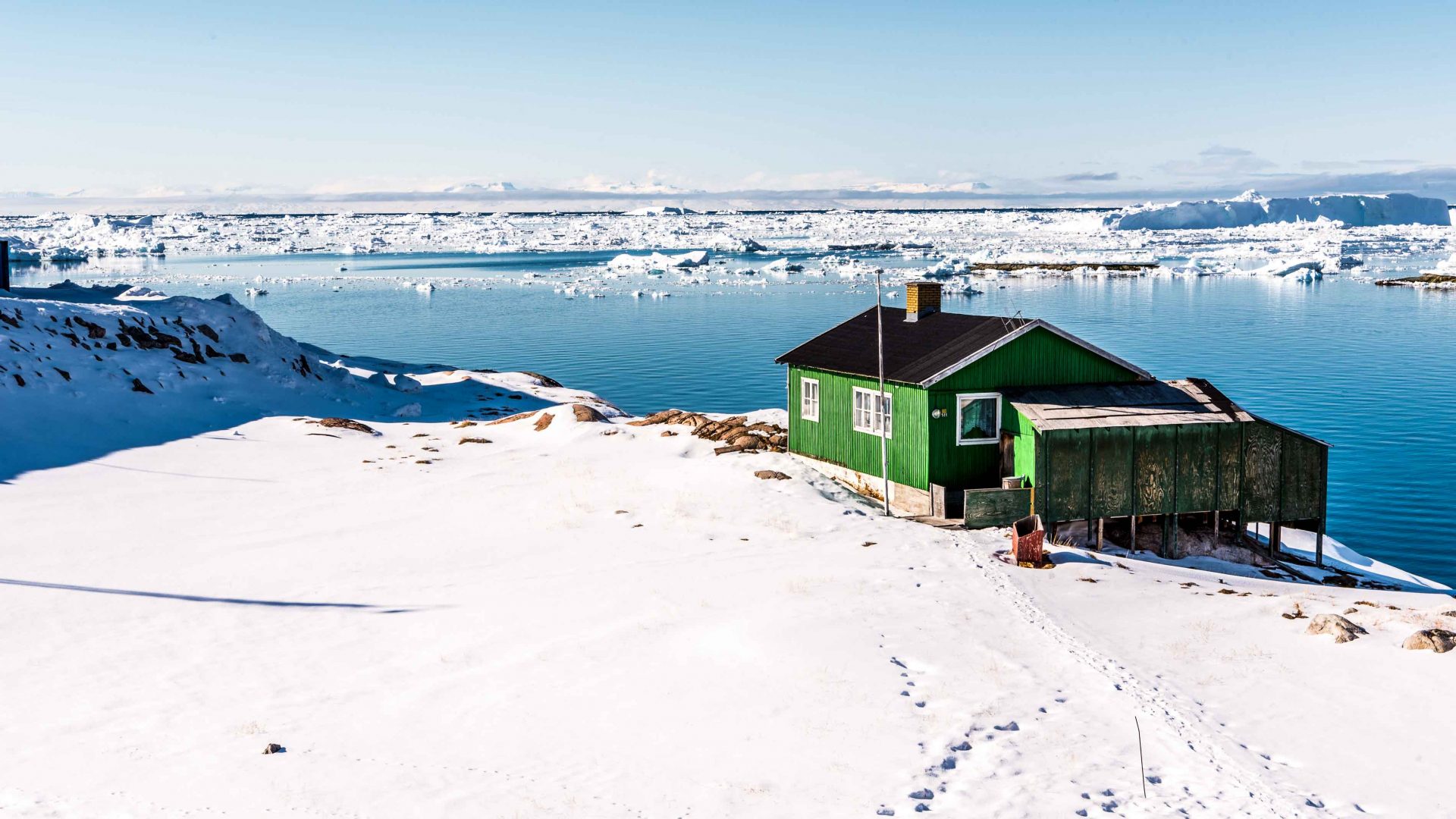Back on the ground, as we make our way with Niels to the Colonial Harbor, where houses from the early 1700s still stand, we walk past shops like Bolt Lamar, a hip streetwear brand, and Qiviut, where a mother-daughter team sell muskox-wool sweaters and seal-fur slippers (responsible hunting remains an integral part of Greenlandic culture). I wander into Atlantic Music Aps, a nondescript building that turns out to be the country’s only music store. Inside, the guy behind the counter is none other than guitarist Christian K. Elsner of local indie-rock band, Nanook—and he graciously strums out a few chords.
In the Nuuk Lokalmuseum, writer and illustrator Maria B. Kreutzmann gives us a private talk on ‘monster hunting’ and her search to archive the beasts and spirits of traditional Greenlandic stories—like the Amarok, a giant magical wolf, and Qivittoq, the mysterious, supernatural mountain-walker who may just as soon help lost hikers as kill them. These tales vary, depending on where you are on the island, but they also adapt with the times—increasingly important, Maria says, in ensuring Greenlandic culture grows stronger as locals embrace decolonization in the receding wake of colonial history.
“It’s not that we’re rediscovering our roots; we’re seeing where our roots were pulled up,” Maria tells us. When she thinks about the future, she says, “Sassumaa Arnaa is our mother of the sea. Today, we can talk about her in relation to pollution and climate change. We can tell kids, ‘Don’t put trash in the sea, it will dirty Sassumaa’s hair’. I love that, because it modernizes her.”
